
If you were marooned alone, with only a few hills for company, which would you choose? For lockdown light entertainment we've asked some well known outdoor folk. From the rolling hills overlooking Glasgow, to the most fascinatingly remote of all the Munros, here are the picks from writer and broadcaster Cameron McNeish.
No hot, dusty desert island for me. My fantasy eilean would be in a Scottish loch with gnarled pine trees and bushes of juniper offering shelter from the breeze.
No sandy beach here but a foreshore of red Torridonian sandstone, home to otters and heron and oystercatchers and within the woods, in a bee-loud glade, would be my cabin of wattle of clay with wood smoke drifting aimlessly from the gabled chimney, scenting the place with homeliness. And here I would dwell, content and free to contemplate those high places that have shaped an obsession, a career and a long and happy life. (With a nod of appreciation to WB Yeats)
Buachaille Etive Mor - a proper mountain
This great herdsman is king-of-the-hills for me, the very epitome of a mountain. From my first view of it, on a certain sweep of road that crosses the great mattress of the Rannoch Moor, it has held me in its grip.
Here, in this land where we usually refer to such high places as 'hills,' the Buachaille is recognised and celebrated for what it is, a proper mountain, a high, rugged, rock-girt mountain, a steep-sided series of gullies, ridges, buttresses and porphyr crags tapering to a definable sharp and narrow summit, Stob Dearg. And while the mountain itself stretches to the south-west in a ridgeline of tops and subsidiary Munro summits it's that north-east face of Stob Dearg that grabs the attention and offers adventurous scrambly routes to the summits - Curved Ridge, D-Gully Buttress and Crowberry Tower. There are easy but spectacular rock climbs too, like January Jigsaw and Agag's Groove on the near vertical Rannoch Wall, climbed many years ago with my good friend John Lyall, or more difficult routes like Crows Nest Crack, climbed donkey's years ago with Steve Spalding from Pitlochry. A walkers' route, via Coire na Tulaich, climbs to the summit ridge and even that route has its mountain dangers, particularly in winter when the north-facing headwall often poses a grave avalanche risk.
The Campsie Fells - early steps
Here's where it all began for me, a sprawling range of high moorland that I could see from my school window in Glasgow.
As a fourteen year old I was desperate to peek beyond those hilly horizons and eventually I did, taking the bus from Buchanan St bus station to Blanefield before exploring the volcanic plug of Dumgoyne and the high point of the Campsies, Earl's Seat, a full 578 metres above sea level. Lowly it may have been but it was high enough to give us youthful adventure and increase our appetite for more hills for we could see Ben Lomond, rising like a beacon to our ambitions. We promised ourselves we would climb it and we did, and from that Munro summit we gazed on an even more exciting and jumbled world, north towards the hills around Glen Falloch and Crianlarich and west to the jagged outline of the Arrochar Alps. I learned a trade-of-sorts in the Campsies, an apprenticeship of discovery that, despite regular soakings, cold and wet feet, burned fingers from campfire cooking and endlessly cold nights shivering in a homemade tent, laid a foundation of love and respect for wildness, a foundation that held me in good stead in later years when better equipment and hard won experience took me from the hills of Scotland to a lifetime of hills, mountains and wild land exploration throughout the world.
Beinn Macdui - an old friend
It's been said that familiarity breeds contempt. Not in Beinn Macdui's case. I am more familiar with this hill, the second highest in the country, than any other and contempt has never entered my thinking.
I moved to Aviemore in 1987 and when I took my old Labrador dog for his late night pee we would stand below a signpost that said "Cairn Gorm, 11 miles." Those words never failed to send a shiver up my spine and it was the beginning of a long love affair with these hills. I still live and work in their shadow. In those early years my working days revolved round running a Youth Hostel, writing, and learning to become an outdoor instructor. Once I left the employ of SYHA I wrote articles and books from 6-8.30am, taught outdoor activities all day and then wrote again from 7-10pm. I wasn't much of a husband or father but it paid the bills and every summer I would guide folk on a Tuesday and Thursday to the summit of Ben Macdui for a company called Highland Guides. I think I must have climbed the hill hundreds of times, I got to know Macdui pretty intimately, in all weathers and conditions and I have never, ever tired of it. High and sprawling, its great corries carved by massive glaciers, haunted and storied, it is merely the high point of a vast Arctic plateau, and there is nowhere else in Scotland quite like it.
A' Mhaighdean - the fascination of wildness
It was the poet Milton who once referred to 'wilderness' as a place of abundance. American writer Gary Snyder, the poet laureate of the American ecology movement, agrees, but with the corollary that wilderness has also "implied chaos, eros, the unknown, realms of taboo, the habitat of both the ecstatic and the demonic. In both senses it's a place of archtypal power, teaching and challenge."
The Letterewe wilderness, as it's come to be known, between Loch Maree and Little Loch Broom, is probably as close to that description as anything we have in Scotland, and at the very heart of it lies the remotest Munro of them all – A'Mhaighdean, 3012ft/918m, a mountain that fascinates me beyond all others.
The ascent of A'Mhaighdean, the maiden, demands something more than a day trip. I'm tempted to suggest you can ride a mountain bike from Poolewe as far as the shooting lodge at Carnmore from where a good path climbs the mountain but such a blatant Munro-bagging raid would be a sad way to treat this particular maiden. Far better to ease yourself gently into this marvellous wilderness, either from Poolewe by way of Kernsary and the Fionn Loch, or by Dundonell, Shenavall and Gleann na Muice Beag in the north or by the way I've described below, from Kinlochewe and Loch Maree. Stay in a tent or use the bothy at Carnmore.
In a couple of previous visits I've visited A'Mhaighdean as part of a long rosary of Munros from Shenavall – Beinn a' Chlaideimh, Sgurr Ban, Mullach Coire Mhic Fhearchair, Beinn Tarsuinn and then A'Mhaighdean and its close neighbour, Ruadh Stac Mor – a big, big mountain round. On another occasion I wanted to combine A'Mhaighdean with other aspects of this Letterewe wilderness: the marvellous oak woods of Loch Maree where there was once a thriving iron smelting industry; the cathedral-like grandeur of the Fionn Loch below the steep crags of Beinn Airigh Charr, Meall Mheinnidh and Beinn Lair and the empty quarter around lonely Lochan Fada before returning to Kinlochewe above the narrow gorge of Gleann Bianasdail.
It turned out to be a memorable couple of days, even if the three mile walk along the trackless shore of Lochan Fada was far tougher than I expected, but the undoubted highlight was the ascent of A'Mhaighdean from Carnmore.
While a superb stalker's path traverses across the steep slopes of Sgurr na Lacainn and makes its tortuous way up the mountain's north-east corrie we chose to scramble up the steep, stepped north-west ridge. The stalker's path took us as far as Fuar Loch Mor from where we skirted the loch's western bank and took to the rock. There was plenty of good, steep scrambling but all the real difficulties can be avoided. In essence, this was a stairway to heaven, a heaven with some of the best views imaginable – the view from the summit of A'Mhaighdean is arguably the best in the country, out along the length of the crag-fringed Fionn Loch to Loch Ewe and the Western sea.
To witness such a view, with the western sun sinking beyond the Hebrides in a riot of colour, is to experience heaven itself.
Cameron McNeish was editor of The Great Outdoors magazine for 20 years and has made a number of award-winning television series' for the BBC.
He now lives as a curmudgeonly semi-recluse in Newtonmore in Badenoch where he writes a monthly column for The Scots Magazine. In 2018 he published the first of three books of mountain memoirs, There's Always the Hills, and that best-selling autobiography was followed up in October 2020 with Come By the Hills, described by Robert Macfarlane, who wrote the foreword, as a 'late life love letter to the hills.' The third book of the trilogy, Aye to the Hills, will be published in 2022 by Sandstone Press.

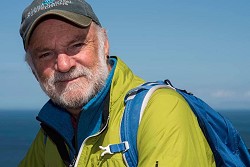
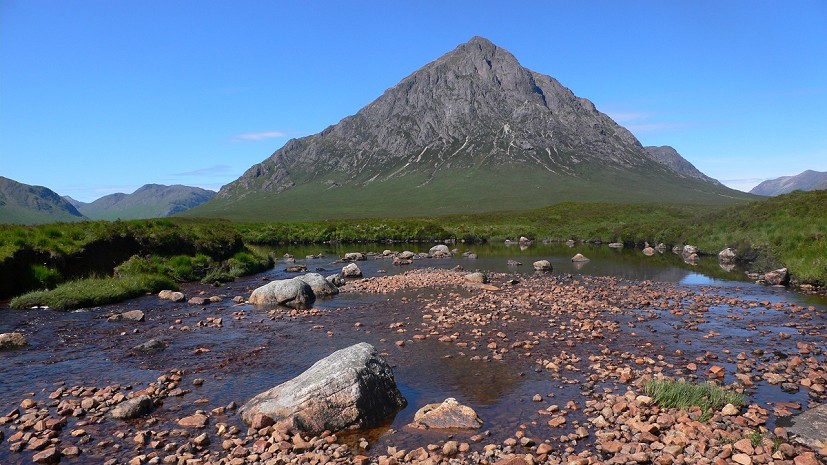
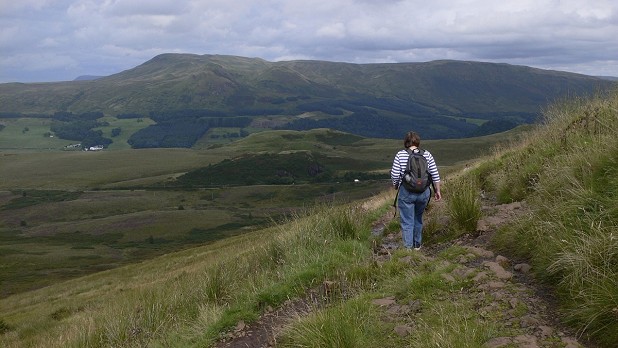
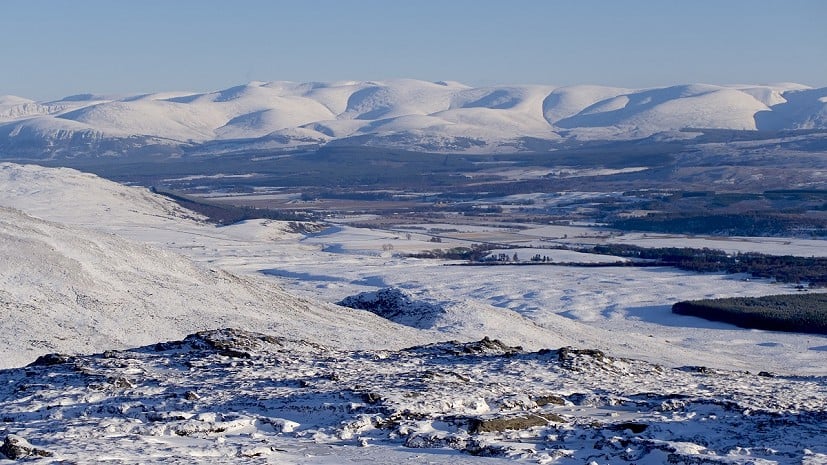
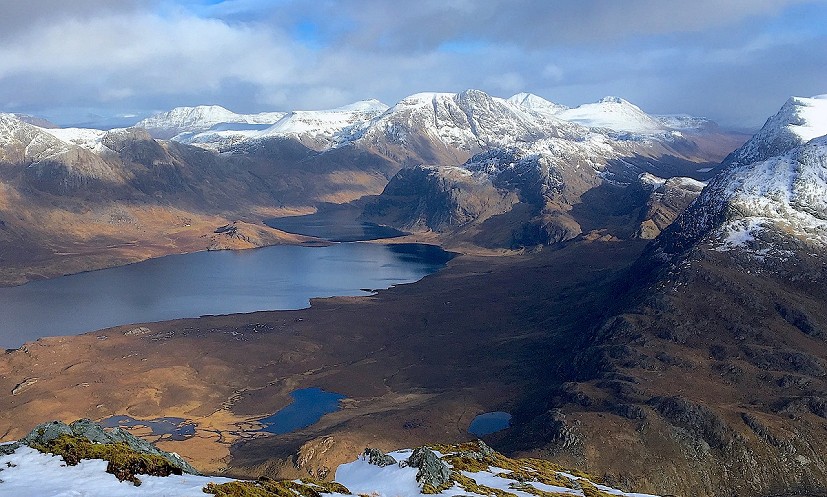
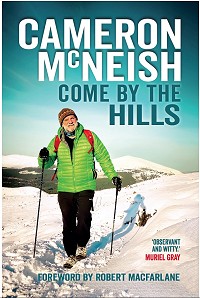




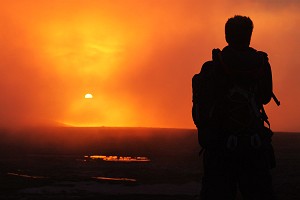
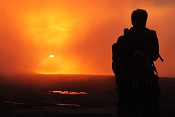
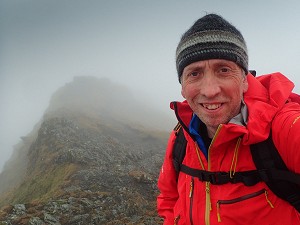
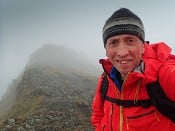

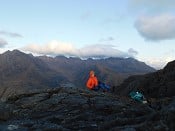
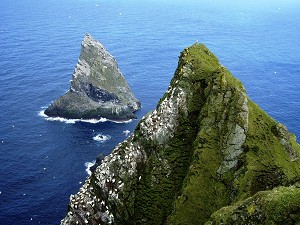

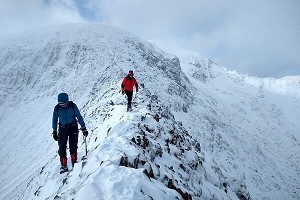
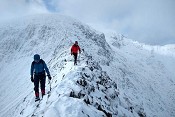
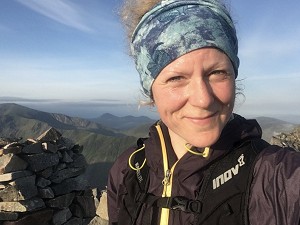

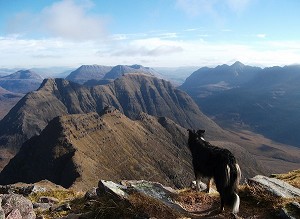
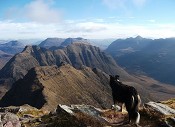

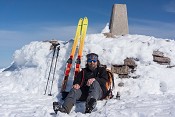
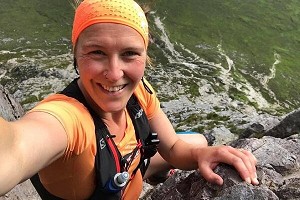
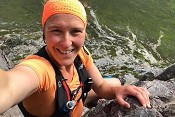
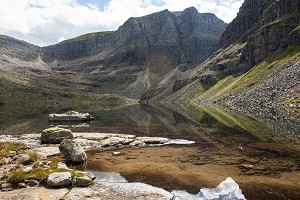
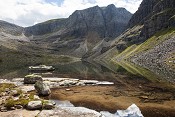
Comments